Guide to Take Care of your Bromeliads Step by Step
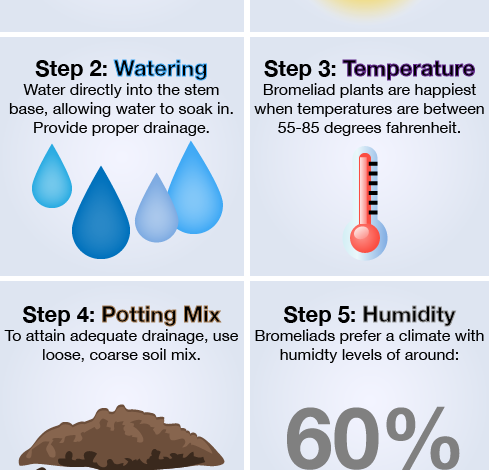
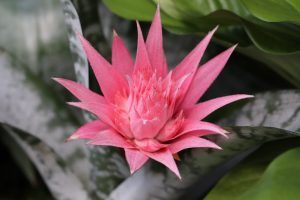 Bromeliads are a group of plants that belong to the Bromiliaceae family.
Bromeliads are a group of plants that belong to the Bromiliaceae family.
Although all bromeliads are herbaceous and terrestrial plants, they are classified according to the shape of the edge of the leaves, the inflorescences, as well as the type of seeds.
However, there is a significant difference depending on the way of its development, being these the land and the air. The terrestrial ones are known as lithophytes and usually grow on stones or leaf litter.
In the case of aerial ones, they are called epiphytes and develop on trees or trunks. If you identified the type of specimen you have at home, or the one you want to grow, then it will be easier to provide the necessary care.
However, we want to share with you this brief bromeliad care guide so that your plants develop their full potential. We hope it will be of help to you.
What soil needs do bromeliads have?
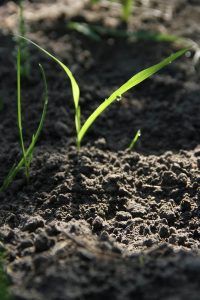 The needs of epiphytic and lithophytic bromeliads are completely different. On the one hand, epiphytes are usually planted in pieces of oak branches 40 centimeters long, with a diameter of 13 centimeters.
The needs of epiphytic and lithophytic bromeliads are completely different. On the one hand, epiphytes are usually planted in pieces of oak branches 40 centimeters long, with a diameter of 13 centimeters.
It is only necessary to remove the withered leaves of the bromeliads, guide the roots of the plant towards the trunk, firmly hold the stem with number 4 galvanized wire and hang the plant in the place assigned for it.
In the other case, bromeliads can be planted in pots with a mixture of charcoal, oak leaves and pine leaves in a 1:1:1 ratio.
These materials must be perfectly integrated to pour them into a pot in which only the roots will be buried. They also respond satisfactorily when mounted on rocks, stones or dry trees; They can also grow on porous, sandy-loam rocks and with nutritious elements.
It is important to remember that the function of these materials is support, not a food source.
How to make bromeliads grow strong and vigorous?
Bromeliads are very different plants from those that are normally cultivated. However, their care is relatively simple if some fundamental aspects are met that, in addition, will allow them to grow strong and vigorous. We share them below.
Humidity
Water is the key for bromeliads to thrive, so it’s important to grow them in an area that is near a constant and abundant source of water and in a spot with little wind to conserve moisture.
Lightning
Excessive light exposure can cause blanching and burning of foliage as well as flowers. On the other hand, at low intensity, the plant spreads and its quality decreases.
In short, it is necessary to keep them in the shade, especially during sunny and hot days.
Temperature
Bromeliads are plants from subtropical regions, so they do not tolerate temperatures below 14°C, or temperatures above 35°C. As such, the temperature should be maintained between 18°C and 21°C.
Aeration
Another important aspect for the care of bromeliads is to allow the natural flow of air since it prevents the stagnation of humidity and favors the multiplication of the plant.
However, do not overdo it or the relative humidity could drop significantly.
What humidity do bromeliads need?
This is one of the main aspects of caring for bromeliads. Although they all need humidity between 60% and 80%, it is important to define that green leaf bromeliads grow in humid places.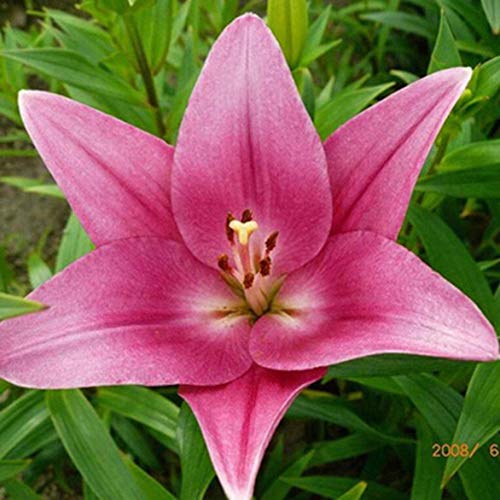
On the other hand, those with gray-toned leaves develop better in drier places. As a general guideline, it is recommended to water daily, even twice a day when the ambient temperature is greater than 23.6°C.
In most cases, sprinkler or sprinkler irrigation will be preferable, since the oxygenation of the pressurized water is beneficial for the plants. However, we must not forget that the correct amount of water will always depend on the climate, the type of plant, as well as the age of the crop.
At excessively low humidity, photosynthesis slows down; if it is excessively high, the risk of diseases increases.
Is it necessary to prune bromeliads?
Bromeliads are not usually pruned, it is only recommended to remove dry or damaged leaves to prevent them from becoming a source of infection. However, you have to be observant so as not to hurt the living parts of the plant, since its entire structure is interconnected.
On the other hand, if the section of inflorescence starts to dry up because it failed to reproduce, it will be important to look for suckers. In case these appear, the dead section should be kept until they have fully developed, otherwise the suckers will not survive.
How to prevent pests and diseases from appearing in bromeliads?
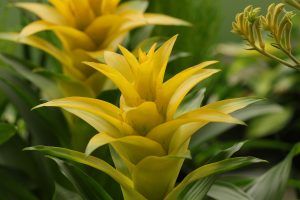 In general, bromeliads are susceptible to certain fungal diseases.
In general, bromeliads are susceptible to certain fungal diseases.
Which produce leaf spots of different colors and that can extend to the entire plant.
Pests include mealybugs, aphids, scale, snails, and slugs.
To prevent bromeliads from being affected by these pests and diseases, the following measures are recommended:
- Maintain balanced humidity levels, avoiding excesses or deficiencies.
- Protect bromeliads from temperatures above 25°C or from dry heat.
- Reduce exposure to excessive rainfall.
- Locate each plant in a suitable place according to its lighting requirements.
- Sterilize the substrates or surfaces of the objects with which the plant is exposed, including tools.
- Constantly check the leaves of the plant and remove any insect that appears.
Conclusions
Bromeliads are unique plants, of great beauty, very resistant and easy to grow, for this reason they have a high ornamental value worldwide, so they are a great bet to decorate your garden or simply explore their cultivation.
We hope that this guide on bromeliad care will be helpful to you and we invite you to continue reading the articles that we have on our blog about this and other plants.
Bibliographic references
- http://gaiaoax.org/wp-content/uploads/2020/07/Bromelias_Ornamentales.pdf
- https://www.gob.mx/cms/uploads/attachment/file/225087/El_cultivo_rustico_de_las_bromelias_epifitas.pdf
- https://www.gob.mx/cms/uploads/attachment/file/225103/La_familia_bromeliaceae_en_mexico.pdf
- https://www.academia.edu/4532256/CULTIVO_BROMELIAS?auto=download
Maybe you are also interested in:

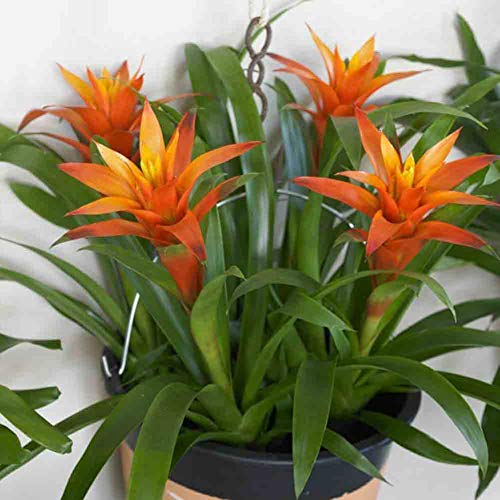
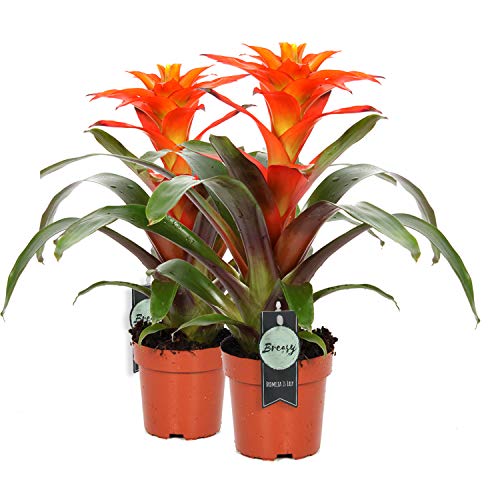
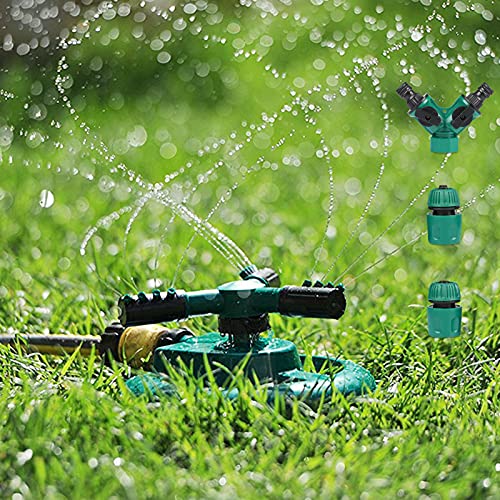
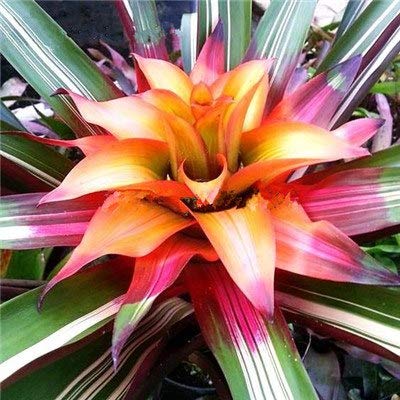

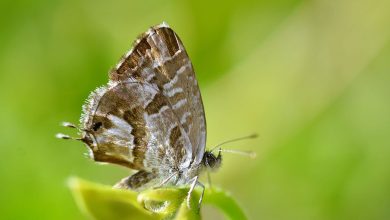

![Photo of Peat: [Characteristics, Utility, Obtaining and Application]](https://www.complete-gardening.com/wp-content/uploads/2022/08/peat-characteristics-utility-obtaining-and-application-390x220.png)